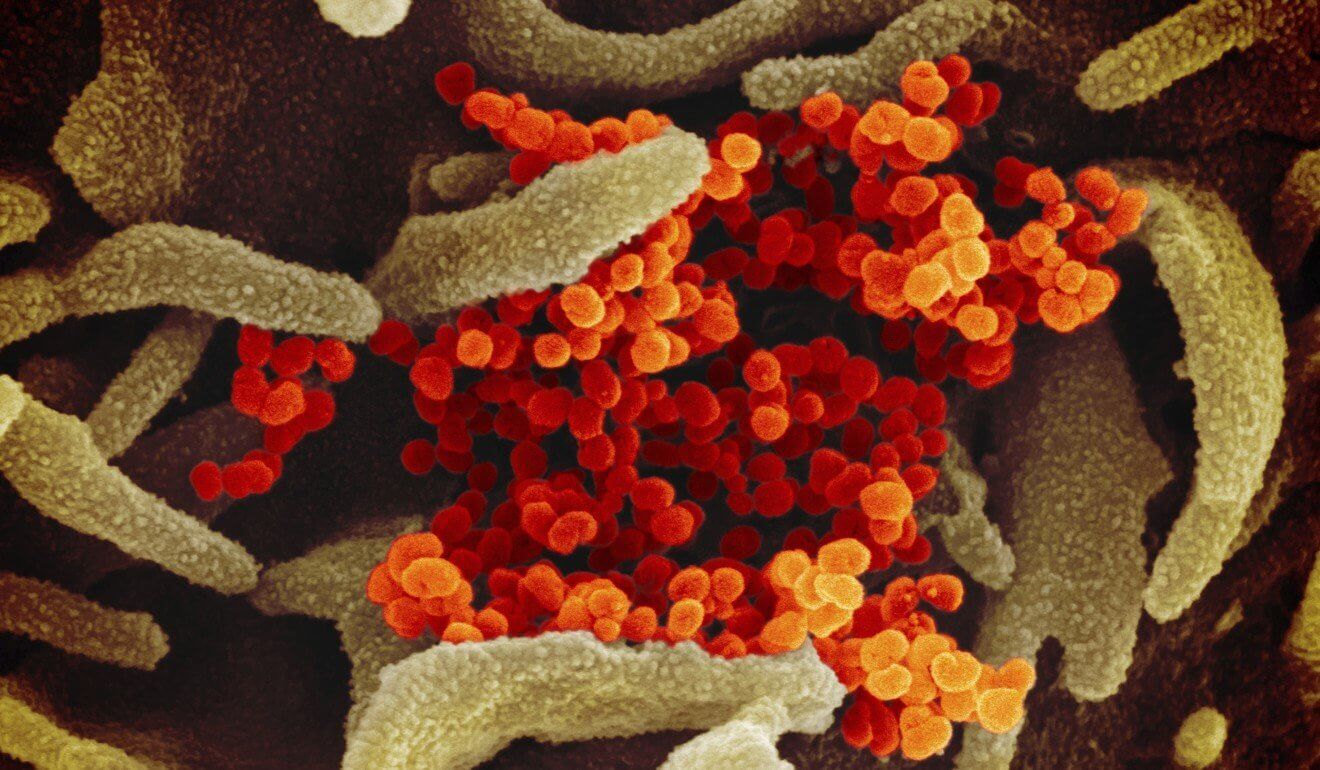According to new findings from scientists in Europe and China, the deadly novel coronavirus has similar gene mutations to those found in Ebola and HIV. The report suggests that the new coronavirus's ability to bind with human cells could be 1000 times more than the SARS virus. These findings could help explain the source and how the virus spreads.
In the case of SARS (severe acute respiratory syndrome), scientists found that the virus entered humans by binding with a receptor protein (ACE2) on a cell membrane. Some early studies predicted a similar path for Covid-19 as it shares about 80% of its genetic structure with SARS.
But what helped limit the scale of the SARS outbreak in large parts of Asia could be that this protein does not exist in considerable quantities in healthy people. Unlike SARS, contagious viruses like HIV and Ebola have a different infection pathway as they target an enzyme, which is a protein activator called furin. The challenge for the virus is to activate various functions of the many inactive proteins, which only happens if they are cut at specific points.
Studies by Nankai University, led by professor Ruan Jishou, found a section of mutated genes in the new coronavirus that is similar to HIV and Ebola. This means that the novel coronavirus may use the same infection pathways and that this mutation can generate a structure known as a cleavage site in the virus' protein. The cleavage site structure then makes it easier for the virus to cut and activate the proteins, leading to a direct fusion of the viral and cellular membranes
The paper was published this month on Chinaxiv.org, which is a platform used by the Chinese Academy of Sciences. It has become the most viewed paper ever and gained more credibility after a follow-up study from Huazhong University of Science & Technology in Wuhan confirmed the findings.
Similarly, a study published in the scientific journal Antiviral Research by French Scientist Etienne Decroly found this "furin-like cleavage site", which might explain why the new coronavirus is more infectious than other viruses.
After studying genetic sequencing, these studies have had a dramatic effect on how scientists perceive and understand the evolutionary history of the virus, and might help to find solutions to a disease that has thus far infected more than 81,000 people across the world.
Image Source: SCMP

